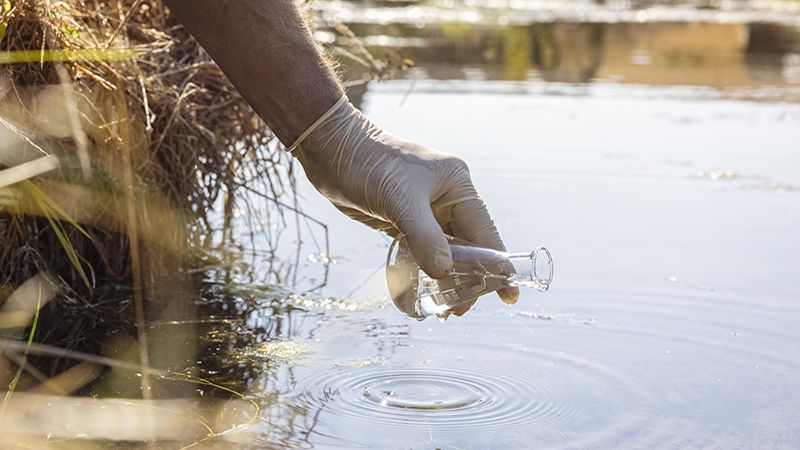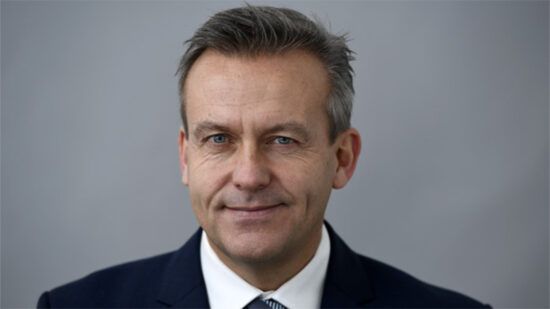Freshwater ecosystems – including, rivers, lakes and aquifers – are degrading in half of the world’s countries, with river flows significantly decreasing and ambient water becoming more polluted, according to the latest set of reports tracking progress on freshwater published by UN-water and the UN Environment Programme (UNEP).
The mid-term status reports – focusing on water quality, water management and the state of freshwater ecosystems – show that progress on the UN’s Sustainable Development Goal of ‘clean water and sanitation for all’ (SDG 6) is “alarmingly off-track” and action needs to be accelerated.
For most of the SDG 6 indicators, the current rate of progress is not fast enough to close the gap before 2030 and, in some cases, progress is even relapsing. The reports concluded these priorities can be ensured if adequate investments are made towards institutions, infrastructure, information and innovation, where concerted action and institutional coherence is required, and new ideas, tools and solutions are developed that draw from existing knowledge and indigenous practices.
“Our blue planet is being rapidly deprived of healthy freshwater bodies and resources, with dire prospects for food security, climate change and biodiversity,” said Dianna Kopansky, head of the freshwater and wetlands unit, ecosystems division, at UNEP.
“At this critical point, global political commitments for sustainable water management have never been higher, including through the passing of a water resolution at the last UN Environment Assembly in February, but they are not being matched by required finance or action. Protection and restoration policies, tailored for different regions, are halting further loss and show that reversing degradation is within reach. We absolutely need more of them.”
Findings and potential solutions
According to the reports, pollution, dams, land conversion, over-abstraction and climate change contribute to degradation of freshwater ecosystems, with a reported 90 countries, most in Africa, Central- and Southeast Asia, experiencing the degradation of one or more of such ecosystems. Meanwhile, lakes and other surface water bodies are shrinking or being lost entirely in 364 basins worldwide.
Additionally, loss of mangroves due to human activities (e.g., aquaculture and agriculture) was found to pose a risk to coastal communities, freshwater resources, biodiversity and climate due to their water filtration and carbon sequestering properties. Significant decreases of mangroves were reported in Southeast Asia, though the overall net rate of deforestation has levelled off in the last decade.
The mid-term reports also found a huge data gap in global water quality measurement. The poorest half of the world, for example, contributes under 3% of global water quality data points, with an urgent need to improve monitoring capacity.
Lack of data on this scale means that, by 2030, over half of humanity will live in countries that have inadequate water quality data to inform management decisions related to addressing drought, floods, impacts from wastewater effluents and agricultural runoff.
The report authors recommended the expansion and development of routine government-funded monitoring programmes, as well as incorporating citizen science into such national programmes, and exploring the potential of satellite-based Earth observation and modelled data products to help fill the data gap.
Further, despite the need to balance competing needs for sustainable water use from society and the economy with adequate integrated water resources management (IWRM) across sectors by 2030, at the current rate of reported progress, the world will only achieve sustainable water management by 2049.
Solutions suggested by the report authors included unlocking finance through revenue raising and cost recovery arrangements, investments in infrastructure and management, as well as coordinated action, greater institutional capacity and better monitoring networks.








